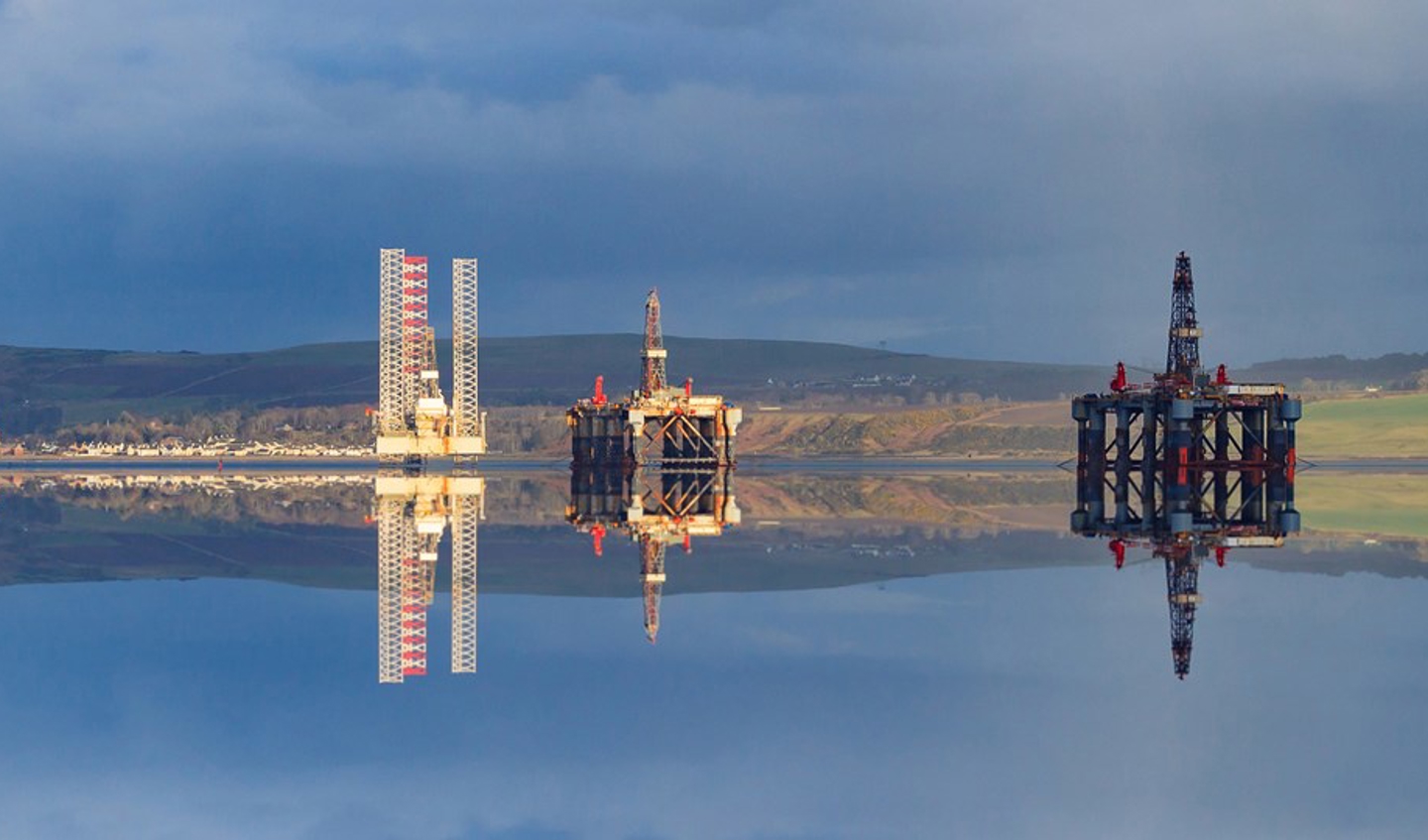Some two years ago, in June 2019, the International Energy Agency (IEA) issued a major new report calling on governments and businesses around the world to scale up hydrogen production in order to make it a key part of a more sustainable and secure energy future. Pilot projects to produce ‘clean hydrogen’ were already beginning to increase, it pointed out, with hydrogen offering the potential to help decarbonise a range of sectors that were proving difficult to meaningfully reduce emissions – including long-haul transport.
The year before, the International Maritime Organization had adopted its Initial IMO GHG Strategy, committed the industry to meeting a series of ambitious goals on decarbonisation – including a reduction in shipping’s total greenhouse gas emissions by at least 50% (compared to the 2008 level) by 2050. The move effectively fired the starting gun in the search for low-carbon and even zero-carbon fuels, with hydrogen becoming an early frontrunner.
“We are in a very exciting time when hydrogen is flavour of the month worldwide,” says Sean van der Post, LR’s Global Offshore Business Manager. “What we’re seeing now is a big shift to trying to bring hydrogen into wider transportation, buildings and domestic use, so that’s why there’s such interest in producing it with lower emissions.” And as far as hydrogen’s potential as an alternative marine fuel is concerned, “what better alternative could there be than one whose by-product in combustion is water?” he muses.
Most hydrogen today is ‘grey’ hydrogen produced from hydrocarbons such as natural gas and coal, which releases large quantities of greenhouse gases in the process, he explains, but now the focus is turning to the cleaner future solutions of so-called ‘blue’ and ‘green’ hydrogen.
Blue hydrogen is still produced from fossil fuels, but the carbon dioxide released in the process is then captured and stored underground. Green hydrogen is an even cleaner solution produced by electrolysis of water – and if the electric charge needed for that process is generated from renewables, such as wind farms, it effectively becomes a zero-carbon fuel.
LR has been studying the use of hydrogen as a marine fuel “conceptually for some time”, relates van der Post, but now actual pilot projects to produce blue and green hydrogen are beginning to take shape.
For example, “what we’ve seen in the last couple of years is acceleration of interest in repurposing oil rigs to produce hydrogen in offshore locations,” the LR Global Offshore Business Manager reports, with the classification society following such projects keenly because of its considerable experience in ensuring the safety of such “high risk, high capex assets.” Hydrogen remains a volatile gas that can ignite easily, he reminds, so remote or offshore locations for its production are preferable.
“One relatively ‘easy’ solution for producing green hydrogen,” he explains, “is to purchase a jack-up rig for $3-4 million, take off the drilling equipment, transport it to a remote location and install modules for hydrogen production, making sure it’s close to a source of renewable energy such as a wind farm. Then at off-peak times it can act as a floating fuel station for passing ships.”
LR has already been involved in the early planning stages for the UK’s Dolphyn project, led by developer ERM (Environmental Resources Management), to build a floating windfarm 15km out to sea off Aberdeen – which is claimed could become the ‘world’s first’ offshore floating facility to produce green hydrogen. A 2MW protype facility is scheduled for completion by 2024, with a commercial 10-turbine (100MW) windfarm online by 2030.
The project began just over a year ago but already its backers are looking at eventually scaling up hydrogen output even further since “the technology is evolving so quickly” with the use of larger turbine blades, says van der Post. Currently the largest wind turbines are able to produce 10MW but in the future this is set to rise to 15MW, a huge 50% increase. And floating offshore windfarms are favoured over shore-based or inshore ones not only due to less resistance from local communities but also because of the better wind yields found further out at sea.
LR has “already supplied Approvals in Principle” for some of the technology involved, says van der Post. “When you’re looking at green hydrogen, wind is absolutely key,” he adds, “at least where we’re involved.”
Another UK green hydrogen project is planned for Cromarty Firth, further up the east coast of Scotland. Phase 1 of the 35MW electrolyser unit could be up and running – and the first hydrogen produced – by 2024, powered by energy from both offshore and onshore wind farms. Various parties are involved in the venture, including Scottish Power, Cromarty Port and a consortium of several major drinks companies wishing to decarbonise the heating process in their local whisky distilleries.
Charles Haskell, LR’s Decarbonisation Programme Manager, has pointed out the importance of multiple partners collaborating on a project such as Cromarty where “the significant investment involved can be spread across several stakeholders, thereby de-risking the project whilst reducing greenhouse gas emissions”.
Meanwhile, for blue hydrogen there is the Acorn CCS (carbon capture and storage) project planned for the St Fergus gas terminal near Peterhead Port in North East Scotland, with Shell as one of the partners. This would repurpose existing North Sea gas pipelines to take CO2 directly out to an offshore ‘carbon sink’ storage site.
The Acorn project “focuses on bringing an entire supply chain together,” comments van der Post, and envisages eventually injecting the hydrogen produced into the national gas pipeline – at an initial ‘proof- of-concept’ rate of 2% but potentially growing to as much as 20%, thereby removing massive amounts of carbon pollution. LR is already involved with some of the project’s technology providers, he says, and “where we see our [future] role is in supporting regulators in defining safety standards – from production, through transportation to assessment of the gas pipeline itself.”
Ensuring pipeline integrity for transporting hydrogen could be technically challenging, he adds, since hydrogen particles are much smaller than those of natural gas so potentially could seep through the grain structure of the pipeline itself, which he calls “a very different proposition to gas that needs a crack before it begins to leak.”
Meanwhile, energy giant BP is involved in what it calls the ‘world-scale’ H2Teesside project planned by the Northern Endurance Partnership (NEP) that aims to produce 1GW of blue hydrogen starting in 2027, capturing and sending for storage up to two million tonnes of carbon dioxide (CO2) per year.
In short, there are numerous hydrogen production projects now beginning to take shape, in the UK but also internationally. “We still have to use oil and gas,” van der Post concludes, “but do things a lot better and cleaner. We’re on a journey and while ‘transition’ is the end point, what we have to accept right now is energy ‘integration’. Hydrogen has a key part to play in that.”







